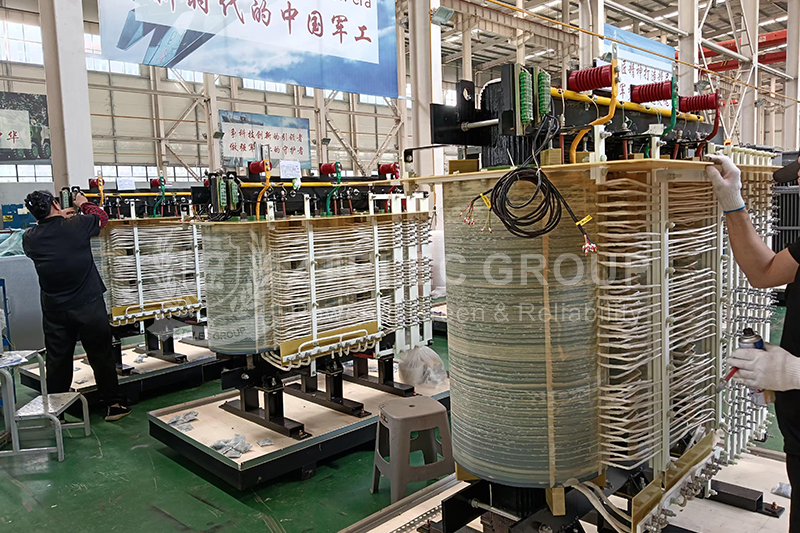How to prevent power transformer burnout?
Transformer is one of the indispensable pieces of equipment in a power system. They are primarily used to convert voltage from one level to another in order to maintain the effectiveness of electrical energy transfer during transmission and distribution.
Although transformers play an important role in power systems, they are also prone to failure, the most common of which is burning out. In this article, we'll explore why transformers burn out and how to prevent it.

There can be several reasons why a power transformer burns out, the following are a few of them:
Overload
When a transformer is connected to a load circuit, if the current in that circuit exceeds the rated current of the transformer, an overload will result. This will heat up the coils in the transformer and may eventually burn them out. In addition, overloading can cause damage to the insulation in the transformer, further increasing the risk of burnout.
Short Circuit
When a short circuit occurs in a circuit, the current increases suddenly. This will cause the current in the transformer to also increase, causing the transformer to heat up and possibly burn out.
Insulation Failure
Insulation material is a critical component in preventing current from flowing through the transformer enclosure. If the insulation material is damaged or aged, current may flow through the transformer case, causing failure or burning.
Internal Faults
Windings in power transformers can short or open for any number of reasons, causing internal faults. This kind of failure may cause excessive current flow and burn out the transformer.
So, how to prevent the power transformer from burning out?
Rated load
The rated load of the transformer should be selected according to the load current requirements of the circuit. If the load current exceeds the rated load of the transformer, the transformer will be overloaded, resulting in burning. In our daily use, we should try to avoid overloading and increase the service life of the transformer.
Insulation Inspection
Periodically inspect the insulation of the transformer to ensure it is intact. If damaged, it should be replaced immediately.
Temperature Monitoring
The transformer should be equipped with a temperature sensor to monitor the temperature in the transformer. If the temperature exceeds the rated temperature of the transformer, measures need to be taken immediately to avoid burning out.
- more+releated article
- 2025-12-13How to Select and Use Phenolic Cloth-base Lami
- 2025-12-13How Much Does Bakelite Sheet Cost? 2025 Price
- 2025-12-13Why are most 3240 epoxy boards yellow?
- 2025-12-13What are the Main Applications of FR4 Epoxy Bo
- 2025-12-13Why Does the Price of Insulating Paperboard Va
- 2025-12-13Heat-Resistant DDP Insulation Paper
- 2025-12-13Comparison of Heat-Resistant DDP Insulating Pa
- 2025-12-13G10 and FR4 Epoxy Boards: Commonly Used for Ge
- 2025-12-13The Price of Heat-Resistant DDP Insulation Pap
- 2025-12-13How to Choose Epoxy Laminate Materials for Gen





